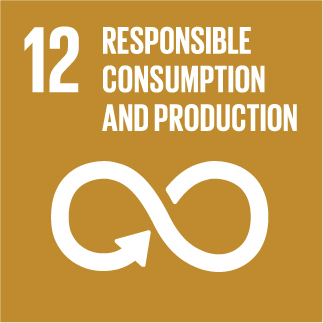Integrated manufacturing of REciclable multi-material COmposites for the TRANSport sector
Dual?Phase Ligand Engineering Enables 18.21% FAPbI3 Quantum Dot Solar Cells
In this work, by incorporating dual?site ligands, first a dual?phase ligand exchange strategy is reported by integrating both solution?phase and solid?state ligand exchange to synergistically regulate the surface chemistry and passivate defects of Formamidinium lead triiodide (FAPbI3) quantum dots, ultimately, a record?high efficiency of 18.21% is obtained for FAPbI3 quantum dot solar cells.Formamidinium lead triiodide (FAPbI3) perovskite quantum dot (PQD) are promising candidate for high?performing quantum dot photovoltaic due to its narrow bandgap, high ambient stability, and long carrier lifetime. However, the carrier transport blockage and nonradiative recombination loss, originating from the high?dielectric ligands and defects/trap states on the FAPbI3 PQD surface, significantly limit the efficiency and stability of its photovoltaic performance. In this work, through exploring dual?site molecular ligands, namely 2?thiophenemethylammonium iodide (2?TM) and 2?thiopheneethylammonium iodide (2?TE), a dual?phase synergistic ligand exchange (DSLE) protocol consisting of both solution?phase and solid?state ligand engineering is demonstrated. The DSLE strategy effectively replaces the native long insulating ligands and simultaneously passivate surface defects in hybrid FAPbI3 PQDs, leading to enhanced electronic coupling for efficient charge transport. Consequently, the FAPbI3 PQD solar cell based on DSLE strategy achieves a notable enhanced efficiency from 15.43% to 17.79% (2?TM) and 18.21% (2?TE), respectively. Besides, both 2?TM and 2?TE engineered devices exhibit enhanced stability, maintaining over 80% of its initial efficiency after aging in ambient environment (20–30% humidity, 25 °C) for over 1400 h. It believes these findings will provide a new protocol to precisely regulate the surface chemistry of hybrid PQDs toward high?performance optoelectronic applications.

» Publication Date: 05/01/2025

This project has received funding from the European Union's Horizon 2020 research and innovation programme under grant agreement Nº 768737


